The African Cichlid - Everything You Need to Know
Posted by Miles Harrison on 04/27/2022
Introduction
When I first heard about African Cichlids, I was confused as to what made them so special. I categorized an African Cichlid as a fish similar to other various types of Cichlid species. It wasn’t until years later when I was browsing images of freshwater aquariums, that I saw the wide range of colors and patterns attributed to this unique freshwater fish.
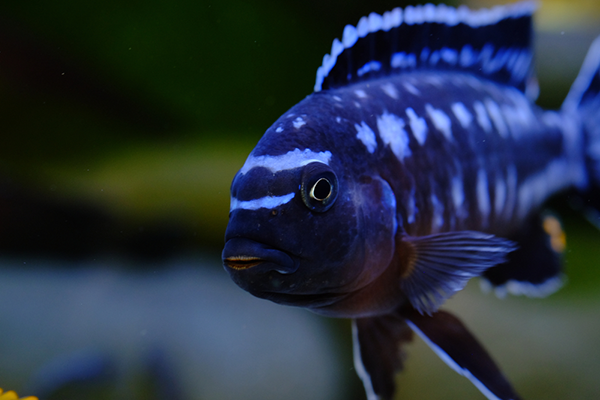
What exactly are Cichlids?
Cichlid fish (pronounced ‘sick-lid’) are from the family Cichlidae. There have been over 1650 identified species, and are considered to be one of the largest vertebrate families. New species are discovered annually, with the actual amount being unknown, although it’s estimated for there to be between 2000-3000 different species. Some examples of Cichlids include Tilapia, Angelfish, Oscar Fish, and Discus.
What is an African Cichlid?
An African Cichlid is considered to be a cichlid that inhibits one of three African Lakes. Lake Malawi, Lake Tanganyika, and Lake Victoria. It is estimated that Lake Tanganyika is home to at least 250 different species of cichlids. Lake Victoria was once home to hundreds of cichlid species, but unfortunately, less than one percent of fish in Lake Victoria are cichlids, the rest have gone extinct (we’ll get into this later.) The most interesting lake of the 3, Lake Malawi, contains a baffling 1,000 cichlid species, making it home to more species of fish than any other lake in the world.
Why is Lake Malawi home to so many types of African Cichlid?
There is a lot of speculation as to what has caused the extreme African Cichlid diversity in Lake Malawi. A study funded by the National Science Foundation’s Earth System History Program, correlated dramatic environmental changes to the rapid diversification of African Cichlids. Sarah Ivory, a postdoc researcher at Brown University, has stated “The timing of persistent deepwater phases is consistent with what evolutionary biologists have suggested as periods of rapid diversification in cichlid species.” These deepwater phases created new shorelines over time, resulting in new habitats for African Cichlids.
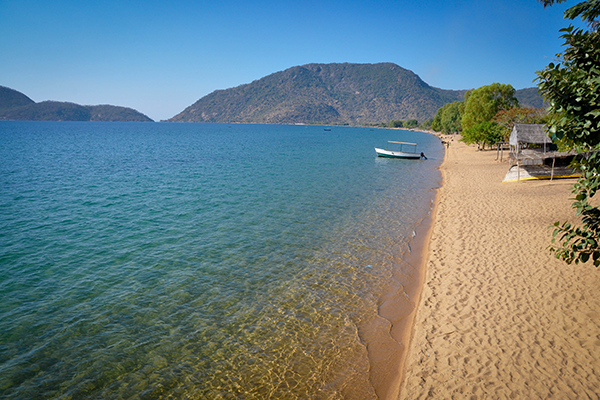
The lake's diversity is a prime example of “Adaptive Radiation” meaning a species that diversifies rapidly as it adapts to changes in its environment. The African Cichlids' diversification is similar to Charles Darwin’s Galapagos Finches, another species that also has remarkable diversity. Darwin concluded that the diversity shown in the Finches was largely influenced by the species' need to adapt to changes in its environment.
What are Haps, Mbunas, and Peacocks?
Lake Malawi is gigantic, the 9th largest lake in the world, it’s over 360 miles long and 25 miles wide. So big that early explorers once thought this lake was an ocean. African Cichlids that inhabit this lake are categorized into three distinct groups. Aulonocara Cichlids (Peacock), Haplochromis Cichlids (Haps), and Mbuna Cichlids (pronounced ‘boo-nuh’ or ‘em-boo-nuh’). Let’s investigate some of their differences.
Haplochromis (Haps)
Haplochromis - Remember how earlier in this post we mentioned the extinction crisis in Lake Victoria? Nile Perch (a large species of freshwater fish) was introduced to Lake Victoria sometime around 1954, and their introduction severely upset the lake’s natural ecosystem. Haplochromis became fair game for the larger Perch, causing a large amount of Haps to become extinct. Still, some species remain and have adapted to new food sources.
If you decide to house one of these African Cichlids, there are a few things to note. To start, Haps are piscivores, and they will happily devour the fry of one of their fellow fish. The good news is that they will also feed on flakes, pellets, and common frozen and dry foods. Haps are also relatively aggressive, this fish will show its dominance, and will not respect a fish that’s larger in size. It’s best to keep this fish in a species-only tank, with a pH range of 7.5 - 8.5, and temperatures ranging between 75-78 degrees Fahrenheit. One of the most popular types of Hap seen in an aquarium is the Electric Blue Hap, and it can grow up to 8 inches, requiring a tank of at least 75 gallons.
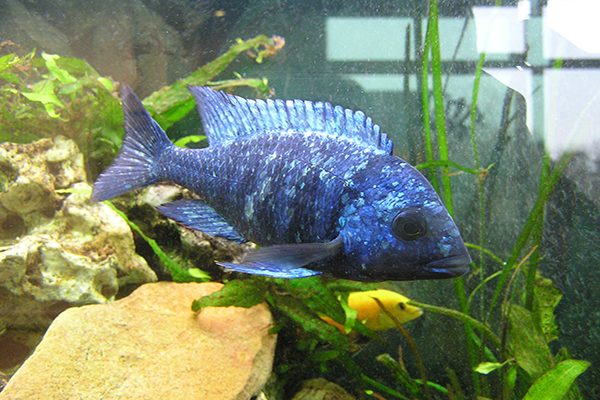
Aulonocara Cichlids (Peacocks)
Another African Cichlid the Aulonocara, or Peacock Cichlid, is a vibrant, colorful fish with a torpedo-shaped body. This African Cichlid has many popular color variations. Some of the popular variations include the Strawberry Peacock, Sunshine Peacock, Albino peacock, and the Butterfly Peacock, which is one of the largest. Peacock Cichlids share many similarities with the Haplochromis, including their diet, but one noticeable difference is their size. Peacock Cichlids will not grow to be as big as the related Haplochromis. It is common to see Aulonocara (Peacock) African Cichlids, kept with Haplochromis (Haps) African Cichlids.
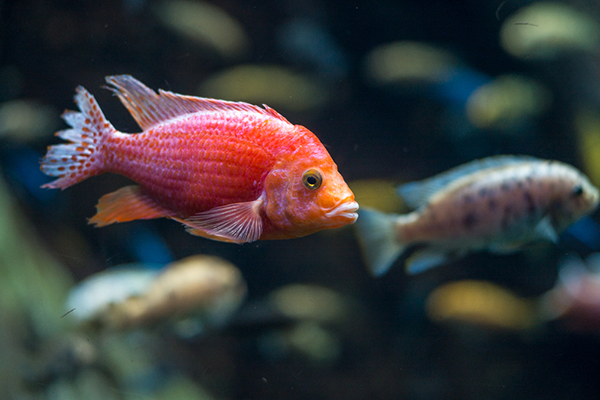
Aquarium tank conditions are similar (if not identical) to Haplochromis, temperatures should range from 76-82 degrees Fahrenheit, pH levels should be 7.8-8.6, and an aquarium of at least 55 gallons is recommended.
Mbuna
This African Cichlid gets its name from the Tonga People of Malawi. Mbuna means “rockfish”, and these fish live among the piles of rocks along the Lake Malawi shores. Their bright colors make the Mbuna’s some of the most colorful Freshwater Fish available in the hobby. The Mbuna coloration is so eye-catching that many mistake this species for a Reef fish. Contrary to most species, where females lack in coloration compared to their male counterparts, the same cannot be said about the Mbuna. Both male and female Mbuna’s come in a vibrant array of colors.
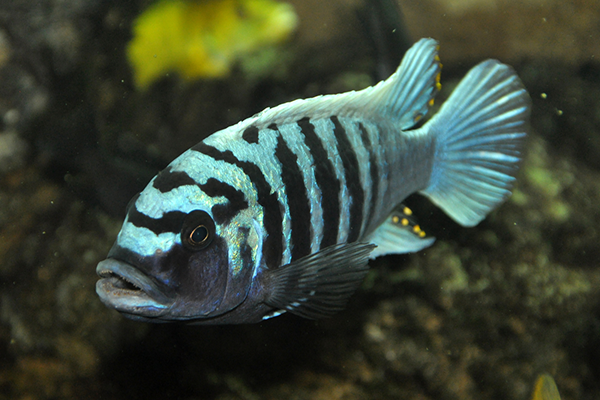
Similar to the other African Cichlids from Lake Malawi, as you might have guessed, Mbuna have similar care requirements. These highly aggressive fish should be kept with their own species. It is recommended to introduce these fish to an aquarium at the same time, as the species is highly territorial. New additions may not get a warm greeting. Growing up to 4 inches in length, Mbunas prefer pH ranges from 7.5 to 9, and temperatures between 75-81 degrees Fahrenheit. Combined with other Mbunas, this fish will do well in an aquarium that’s at least 45 gallons.
Conclusion
An African Cichlid is one of the most eye-catching freshwater aquarium species available. With such a unique and mysterious history, African Cichlids are one of the most popular types of freshwater aquarium fish. Given the right conditions, having an African Cichlid aquarium can be one of the most rewarding and visually appealing freshwater fish tanks in the hobby. These fish will surely impress guests who get to witness such a marvelous species.
Additional Resources
December's Giveaways on Light Fish















